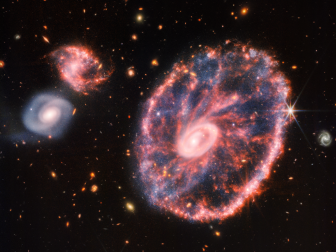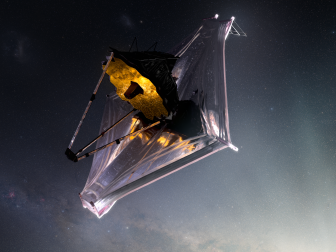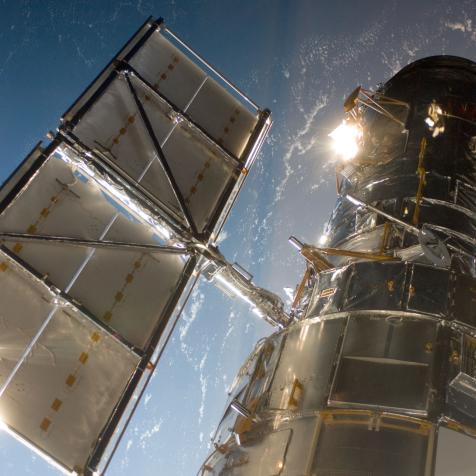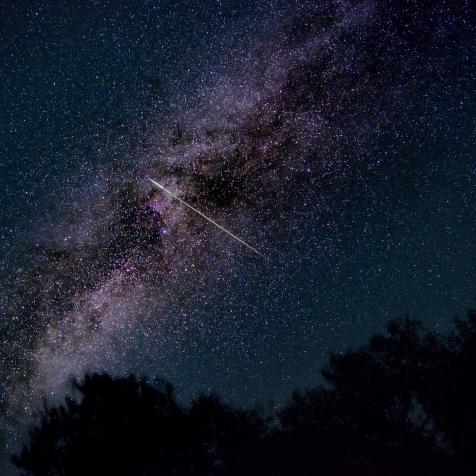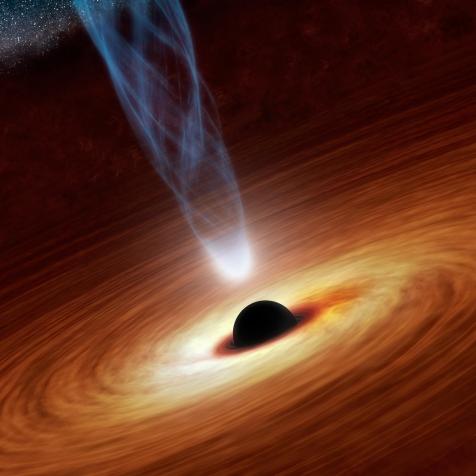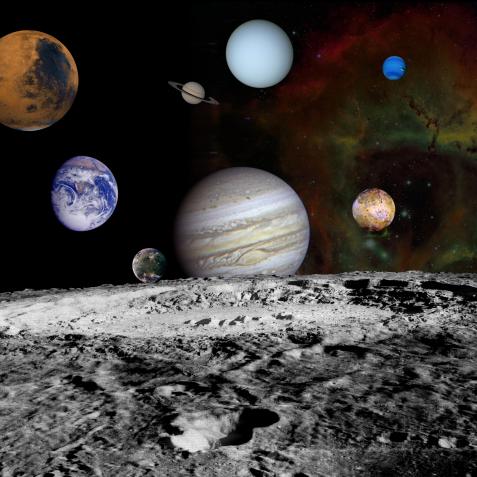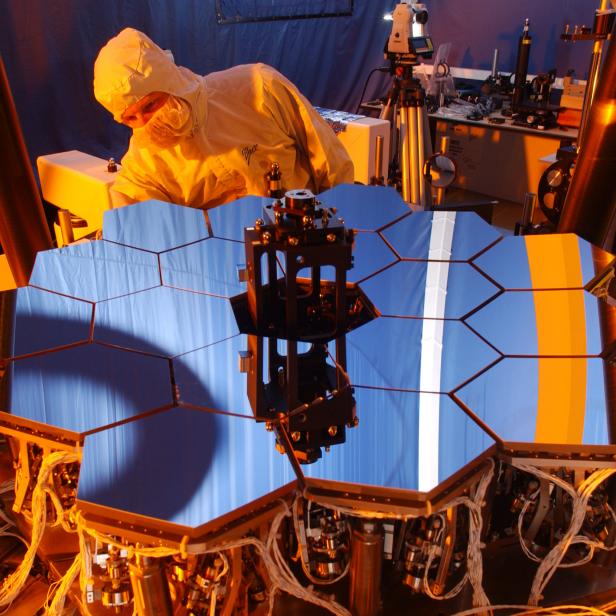
NASA Goddard
What We’ve Already Learned From James Webb? (Hint: it’s a lot)

That was worth the wait. Just a quick handful of months since its historic launch on Christmas Day, the James Webb Space Telescope has flown to its observing position, unfolded its delicate instruments and ultra-sized mirror, and run through a suite of checks and alignments and calibrations. The team at NASA behind the telescopes released their first batch of images from the science runs, and besides being gorgeous, they're powerful.
Here are three takeaways from the first batch of data:
1) We’re looking back in time.
The first mega-deep-sky image courtesy of James Webb is of the galaxy cluster called SMACS 0723. Despite its somewhat ungainly name the cluster, which sits over 5 billion light-years away from us, the collection of galaxies offers us a powerful glimpse into the early universe.
The galaxy cluster itself is rich, home it about a thousand galaxies clumped into a ball just a couple hundred million light-years across (which might as well be downtown Manhattan in cosmological terms). But interspersed with those galaxies are twisting, arcing bands of light. Those bands of light are even more distant galaxies, their light distorted as it passed through the strong gravitational field of the immense cluster.
Some of those galaxies are over 13 billion years old, the oldest we have ever observed. We don’t have a complete understanding of how galaxies formed in the early universe, and James Webb will be our first window into that important epoch.
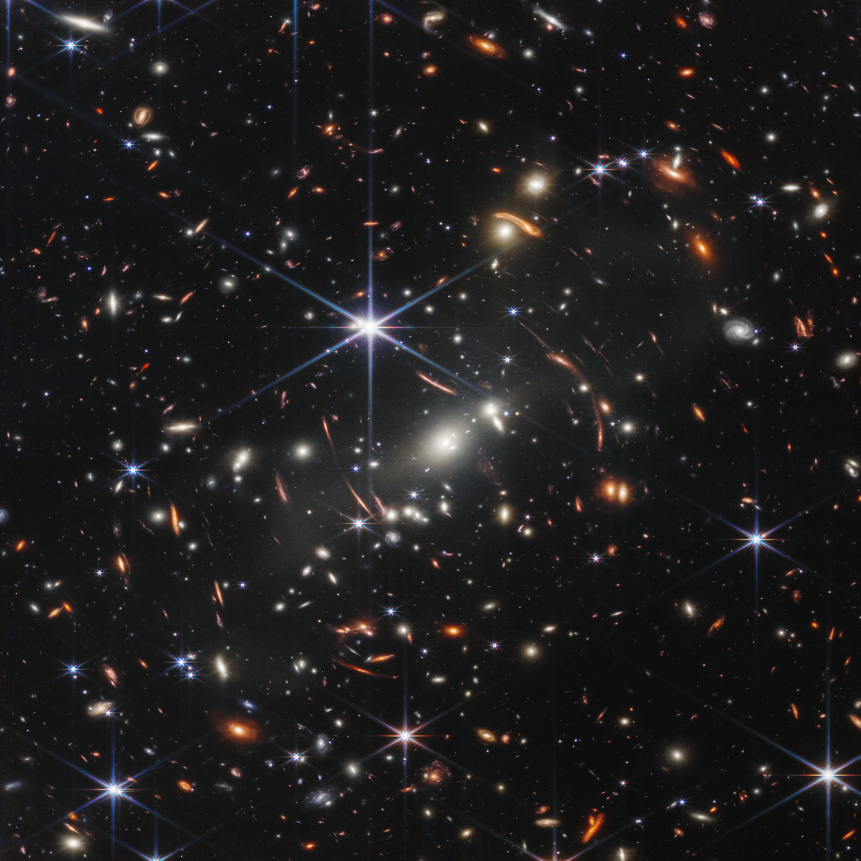
Space Telescope Science Institute Office of Public Outreach
2) We’re understanding the atmospheres of alien planets.
The image associated with the analysis of the exoplanet WASP 96b may not be all that eye-catching – it’s just a bunch of dots on a chart – but that doesn’t mean it’s ugly.
One of the tasks of James Webb is to study alien exoplanets, and especially figure out what their atmospheres are made of. The telescope can do that through a trick: when the exoplanet passes across the face of its parent star, the light from that star goes through the planet’s atmosphere before continuing through the interstellar depths to earth.
The elements in the atmosphere change the nature of the light, and we can detect those changes with James Webb. WASP 96b is a giant gassy planet orbiting close to its parent star, and astronomers are using that exoplanet as a test bed before moving on to more challenging targets…like Earth-like planets orbiting sun-like stars.

NASA, ESA, CSA, and STScl
3) We’re seeing the births and deaths of stars
The images produced by the James Webb of the Carina Nebula and the Southern Ring Nebula are truly jaw-dropping, both in their enormous scale and in their detailed resolution. The James Webb is an infrared telescope, and infrared light easily pierces the dense clouds of gas and dust that surround these kinds of systems. That means that James Webb can pierce right to the heart of them and see how they work.
The Carina Nebula is a nursery; a birthplace for new stars where a nebula is collapsing into dense little pockets. At the other end of the spectrum, the Southern Ring Nebula is produced by a sun-like star shortly after its demise. By studying all these life stages, James Webb will help us piece together the grand stories of the stars themselves.
Dive Deeper into the James Webb Space Telescope
The James Webb Space Telescope Searches for Our Cosmic Origins 9 Photos
NASA's first images from the world’s largest and most powerful space telescope are revealing new discoveries about how the universe began.
NASA’s $10 Billion Space Telescope Hit by Micrometeoroid
NASA’s new James Webb Space Telescope (JWST) was recently hit by a micrometeoroid. One of the 18 golden mirror segments on the telescope was hit, causing some minor damage.
The First Full-Color Image From the James Webb Telescope is Here
The $10 billion space telescope's first images of deep space are finally here. Watch this historic event unfold.









